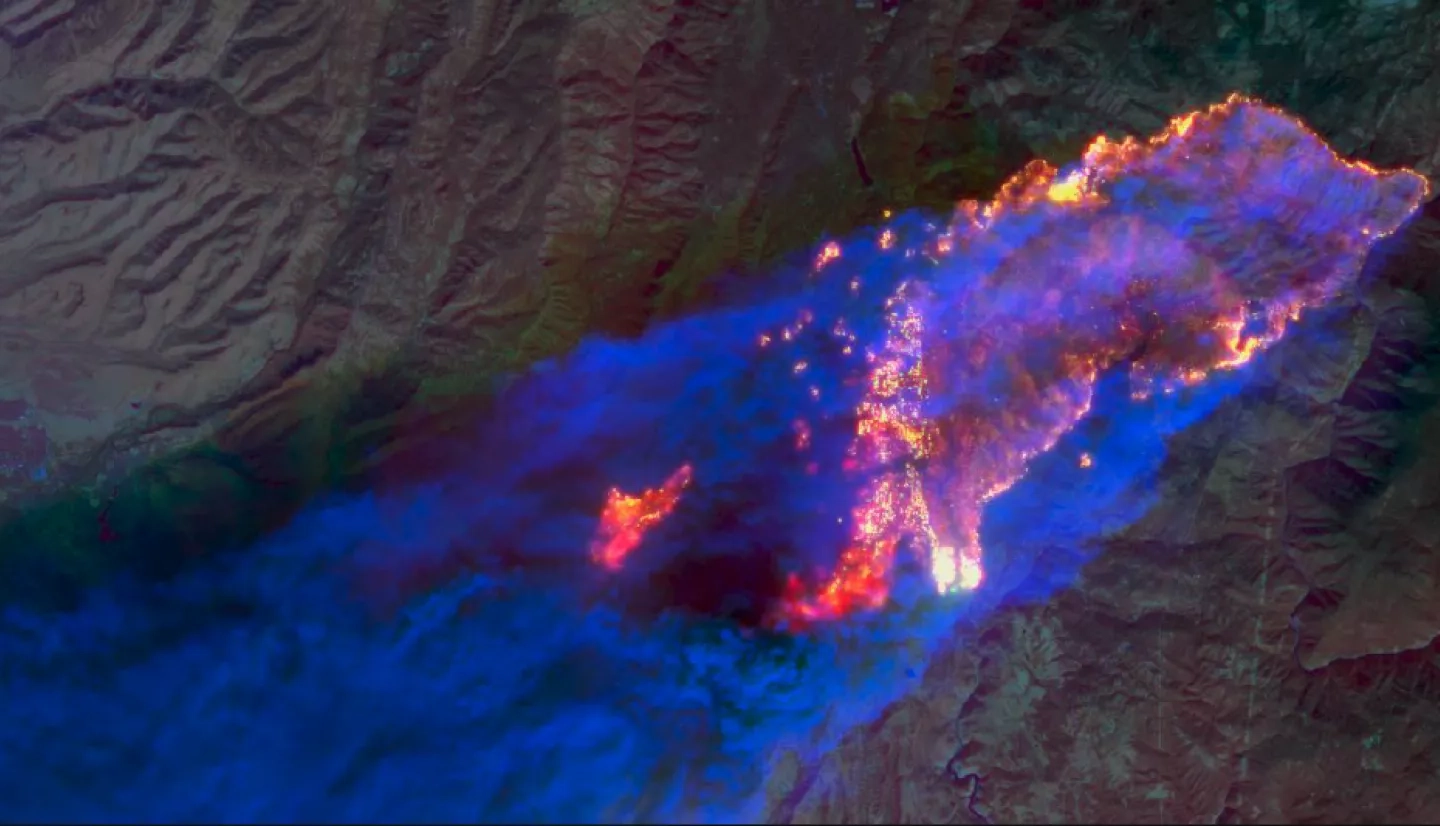Michael Falkowski


Adapting to Increased Fire Risks
Climate change is causing a warmer world. With rising temperatures comes drier conditions, droughts — and more frequent and intense wildfires. As wildfire threats evolve, so too must our methods of managing them. Earth satellite data allows us to stay one step ahead of the flames — even before they ignite.
Research plays a large role in accomplishing this. Earth-observing satellites help us better understand the world around us. Weather patterns, vegetation, soil moisture — these are some of many factors that can help predict where fires are most likely to occur. Studying past fires also gives us valuable insights into how they spread and eventually become contained. All this information feeds into our models and tools — making us more fire-ready.
The Wildfires program isn't working alone on this. Our work intersects with several other Applied Sciences program areas, as well as other areas of NASA. We are part of a robust network of collaborators working together for a common cause: to build a more fire-resilient world.
We are helping to grow a global community of practice dedicated to better understanding wildfires. By bringing together innovations in applied research, development and applications, we can strengthen communities’ ability to manage fires. As part of our community, collaborating federal agencies, universities, fire response organizations, indigenous communities and others share knowledge, lessons learned, data and tools.
FireSense is one of the collaborations we are involved with. FireSense is a NASA initiative to bring an Earth systems approach to fire management. The goal is to adapt to and live with fire by improving the science and technology that informs decision making. Together with NASA’s Science Mission Directorate and Earth Science Division, we help bring decades of NASA’s resources and Earth science data to the community. The partnership seeks to build on this knowledge through applied research, development and evaluation of applications, pilot projects, data systems development and continuing to grow collaborations.
Interested in becoming part of our community of practice? Learn more about how collaborating with us can help you manage and adapt to fires in your community.
Our leadership team is driven by a passion to keep people, wildlife and the planet safer from wildfires. They collaborate with a diverse group of experts in the wildfires community including fire management organizations, federal agencies, universities, nonprofits and more.

